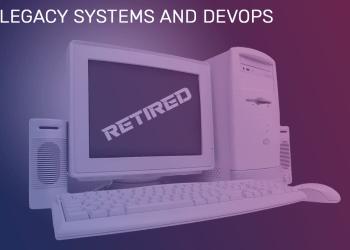The RightScale ‘State of the Cloud’ survey has revealed that managing cloud spend is becoming a growing challenge for many businesses. It is true – while migrating to the cloud is essentially a move to cut down IT infrastructure and maintenance costs, careless mistakes in cloud maintenance can fritter away the benefits gained.
Here are five points that can help you take control of your cloud spend:
Stop paying for services you don’t need
In the cloud, everything is available on demand. This makes it easy to add services and users in a matter of minutes. As the first step to cost-cutting, make sure you are not still subscribed to (and paying for) the services you don’t need anymore.
Shut down unused instances
IT workers often spin up new instances for short-term use and simply forget to turn them off when finished. Get rid of inactive storage, set expiration dates on temporary workloads, and even consider shutting down workloads for a few hours daily if needed.
Watch out for anomalies
Has there been a sudden spike in costs, or do you see a recurring high cost on a monthly basis? Get to the bottom of the problem to make sure there are no misconfigurations that may lead to a rise in network costs.
Analyze your network traffic
Compute costs for smaller machines are lesser than those of larger ones, so downsizing your machines based on the need may be a good way to get started. High network traffic outside your local network may also be a telltale sign of a security breach, so setting up alerts can help you catch them early.
Re-examine your stored data
This may not be possible all the time, but set aside time to go through the data you have stored on the cloud and clear out what will never be required or useful again. Watch out for and avoid redundant data – the same data in multiple places – unless it is absolutely necessary.
The bottom line: Monitor usage on a regular basis
All of the above points lead to this one – the need to take a systematic approach to cloud management and monitor your usage on a periodic basis. This is important because cloud costs often depend not only on volume but also on time durations.
Manually keeping track of each of these factors may be an impossible task. That is why you need to look at automating the process with a cloud cost monitoring and management tool (CCMO) – which can help you monitor all activity on a single dashboard, set up thresholds based on costs and send you timely alerts. Alternatively, you can opt for managed cloud services from a trusted cloud company.
Need help with managing your cloud spend? Get in touch with CloudNow today!













